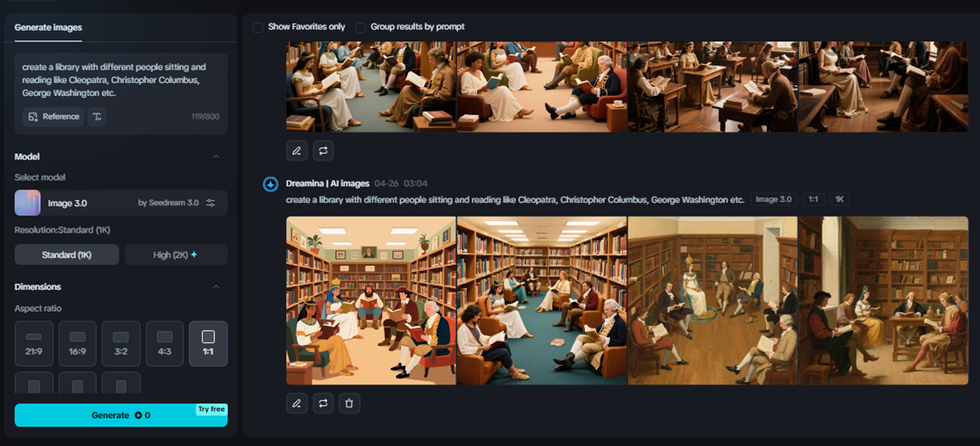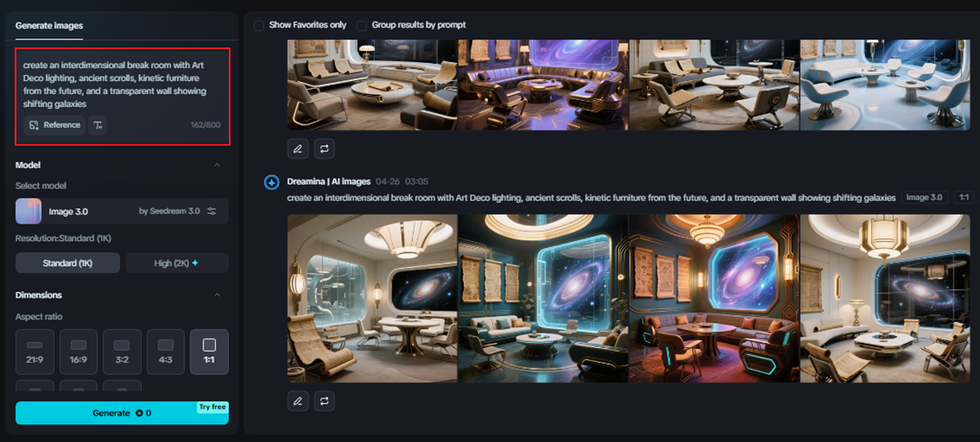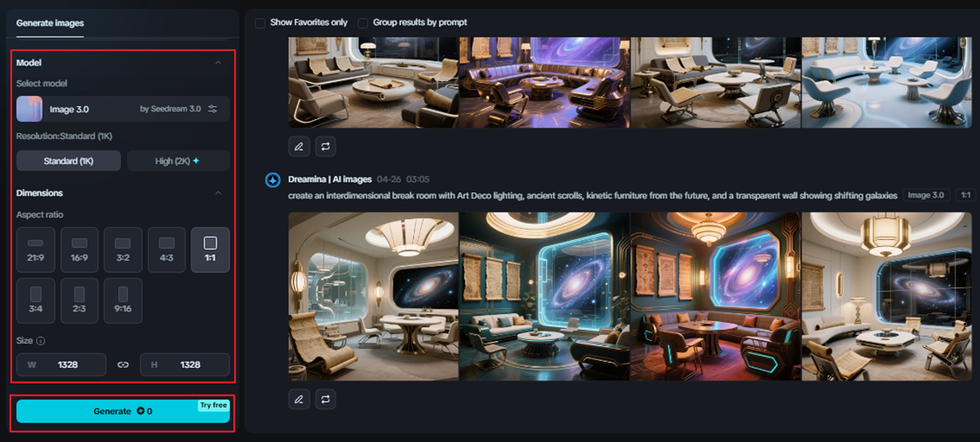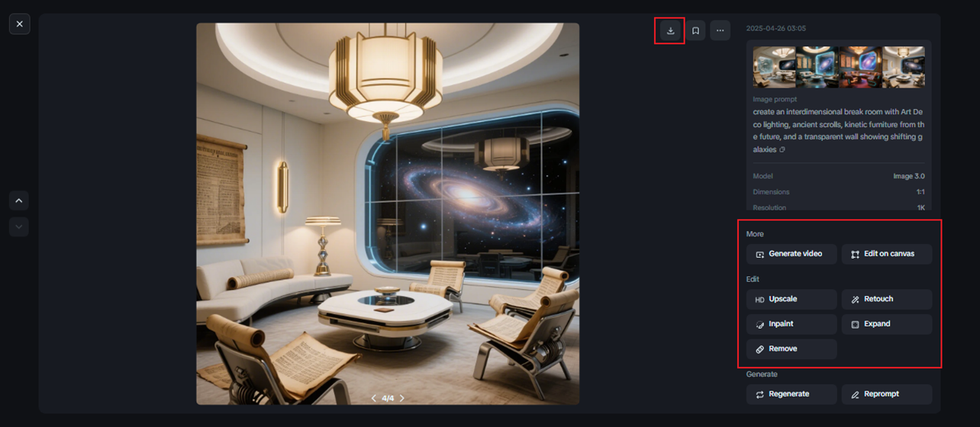Nvidia has been a major player in the tech industry for decades, starting out by creating graphics processing units (GPUs) that revolutionized video gaming and media. Over time, the company has shifted gears, using those same chips to drive advancements in artificial intelligence (AI) and data center technologies.
For investors trying to navigate opportunities like Nvidia, understanding how to pick a stock that aligns with your financial goals and risk tolerance is crucial. With a strong history of innovation, Nvidia has continued to find new opportunities, leaving investors wondering: what’s next for this industry leader?
Is the Data Center Boom Enough to Keep Nvidia Growing?
Nvidia’s CEO, Jensen Huang, has a bold vision for the future. He predicts that data center operators will spend a massive $1 trillion over the next four years to upgrade their systems for the AI era. This spending spree comes at a time when Nvidia’s data center segment already accounts for an 88% of its revenue. With such a huge percentage of the company’s income tied to data centers, it’s easy to see why this trend is so critical to Nvidia’s success. But here’s the catch: the tech industry is known for its ups and downs. Will the data center boom last forever?
Why Is Nvidia Looking at Autonomous Vehicles?
Anticipating the next big thing, Nvidia has turned its attention to self-driving cars. The company’s automotive business has been around for over two decades, but until recently, it was just a small part of the bigger picture. That’s changing quickly. Big names in the car industry—Mercedes-Benz, Volvo, Toyota, and more—are now relying on Nvidia’s Drive platform to develop their autonomous vehicles.
What makes Nvidia’s Drive platform so appealing? It combines powerful hardware with sophisticated software, giving cars the tools they need to make smart, real-time decisions on the road. The technology is powered by Nvidia’s Thor chip, which processes data from the car’s sensors to navigate the roads safely and efficiently.
But Nvidia doesn’t stop there. The company also offers the behind-the-scenes technology car manufacturers need to keep improving their self-driving systems. From training new software models to running countless driving simulations, Nvidia provides a full-service solution.
How Big Could the Autonomous Vehicle Market Become?
Jensen Huang sees a multitrillion-dollar opportunity in the autonomous vehicle market. And he’s not the only one. Analysts like Cathie Wood of Ark Investment Management believe that technologies such as autonomous ride-hailing could generate as much as $14 trillion in enterprise value within the next few years. If that happens, Nvidia could be a major beneficiary.
Currently, Nvidia’s automotive division is still small compared to its data center business. The company earned around $1.1 billion in automotive revenue during the first three quarters of its fiscal year, and it expects to hit $1.5 billion for the full year. However, by fiscal 2026, Huang believes that number could soar to $5 billion. While that might not be as large as Nvidia’s data center revenues, it’s a sign that the company is successfully diversifying.
What’s Next for Nvidia’s Data Center Business?
Even with all the excitement around autonomous vehicles, data centers remain Nvidia’s bread and butter. The company’s latest Blackwell GB200 GPUs are in high demand, with customers eager to use them for advanced AI applications. These chips are capable of AI tasks up to 30 times faster than the previous generation, which means faster, smarter software for businesses and consumers.
Have you ever thought about how much smarter virtual assistants and chatbots could get in the next year? With Nvidia’s new chips, those advancements could come sooner than you think.
But will Nvidia’s data center dominance last? Some experts believe that Nvidia could continue to outpace competitors, while others caution that rival chipmakers are gearing up to challenge the company’s lead. Is Nvidia prepared to defend its market position against the likes of AMD, which is set to release a competing product in the near future?
Should You Consider Investing in Nvidia Stock Now?
Nvidia’s stock performance has been nothing short of spectacular. Over the past two years, the company’s market value has surged from $360 billion to $3.3 trillion—a rise of more than 830%. Even with this incredible growth, some investors are asking: is it too late to buy Nvidia stock?
Interestingly, Nvidia’s current price-to-earnings ratio is lower than its historical average. If Wall Street’s estimates hold true, Nvidia’s stock could still have room to grow. Of course, no investment is without risk. The semiconductor industry’s cyclic nature and the potential for increased competition mean that investors should weigh the potential rewards against the risks.































